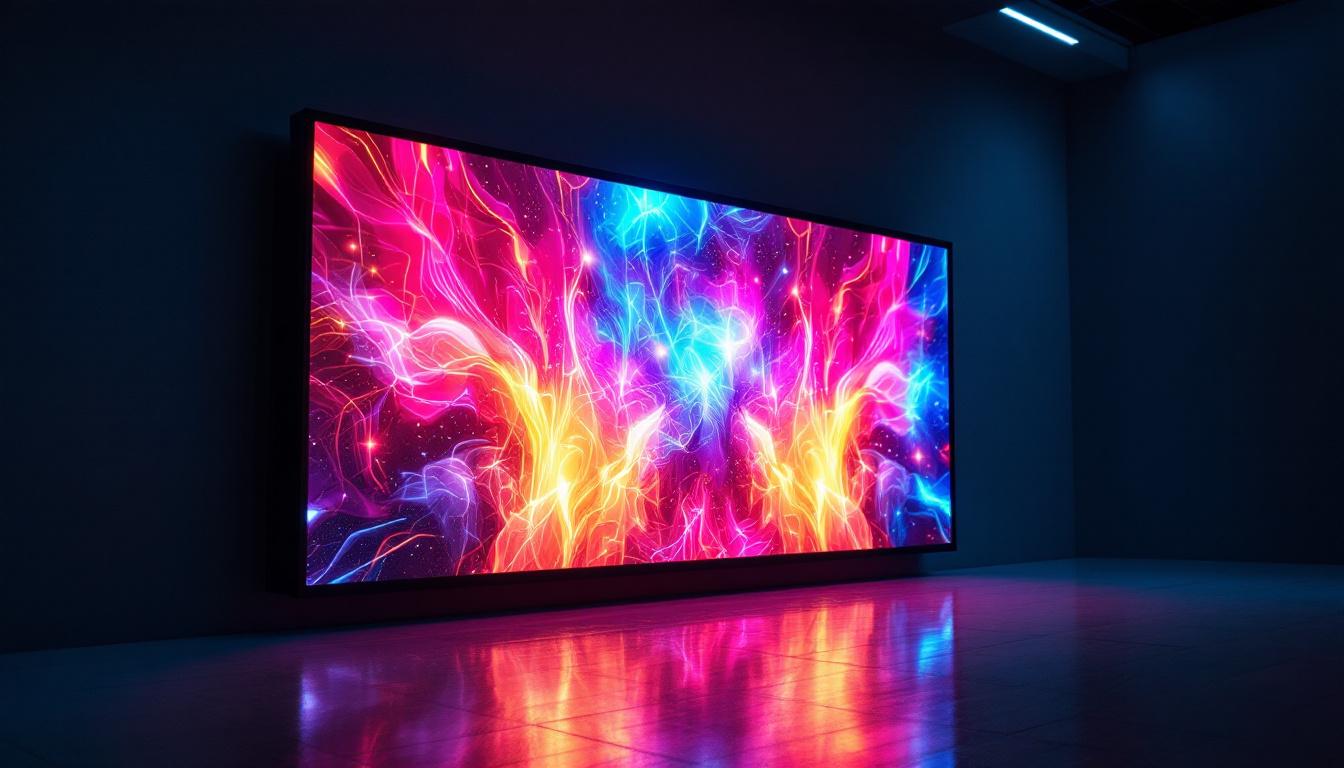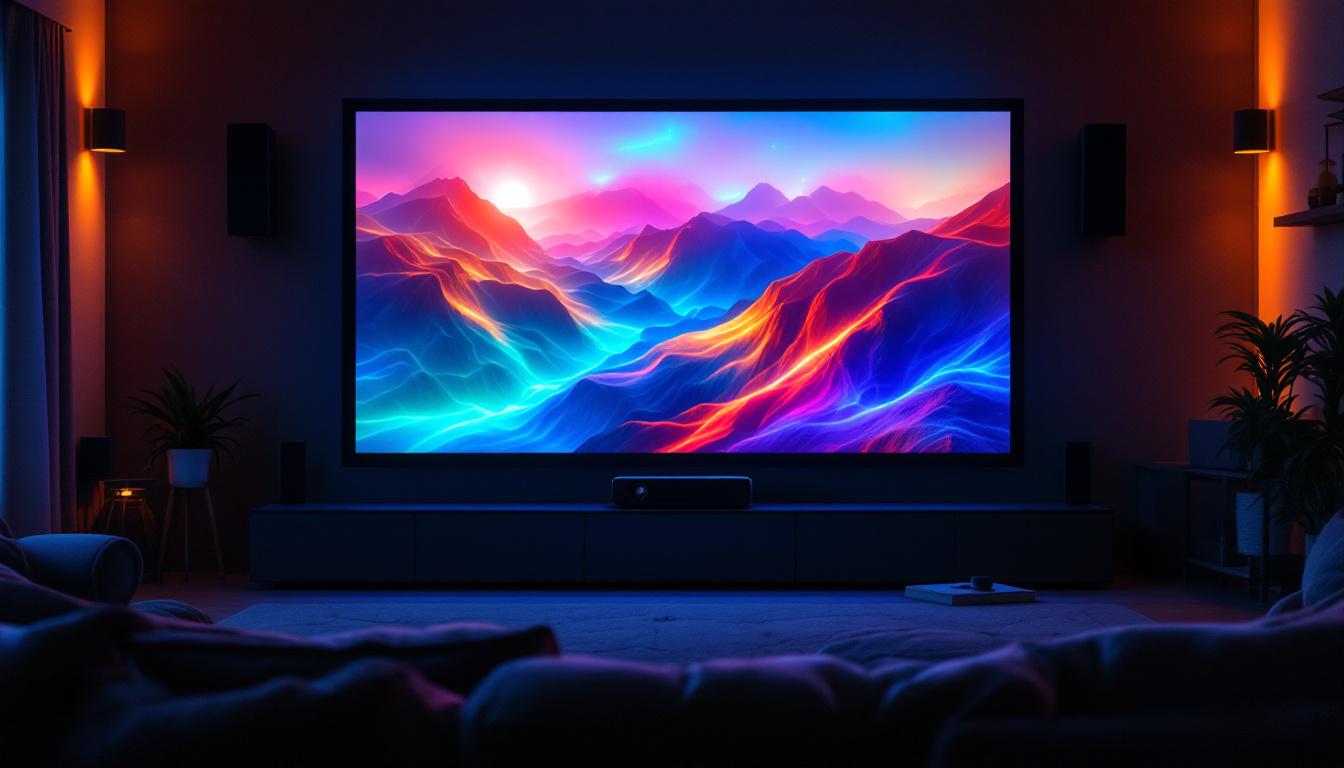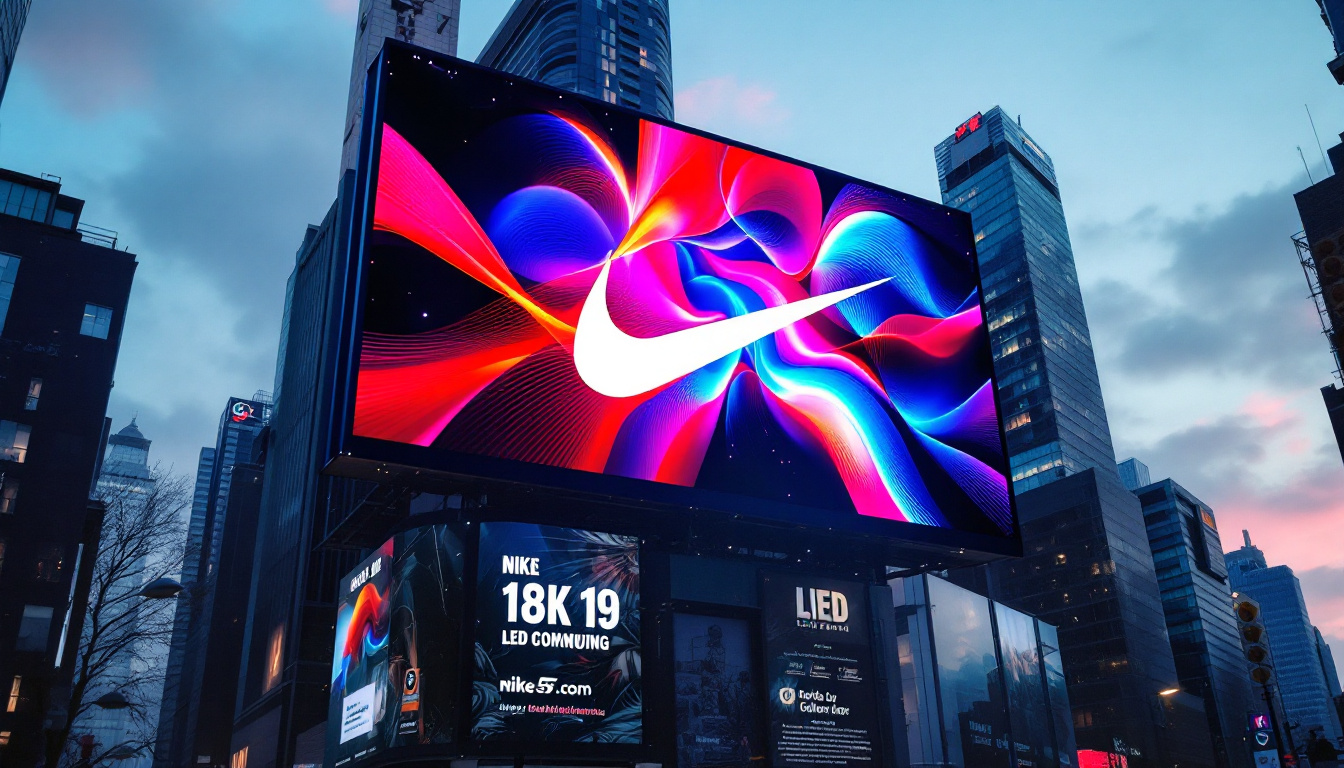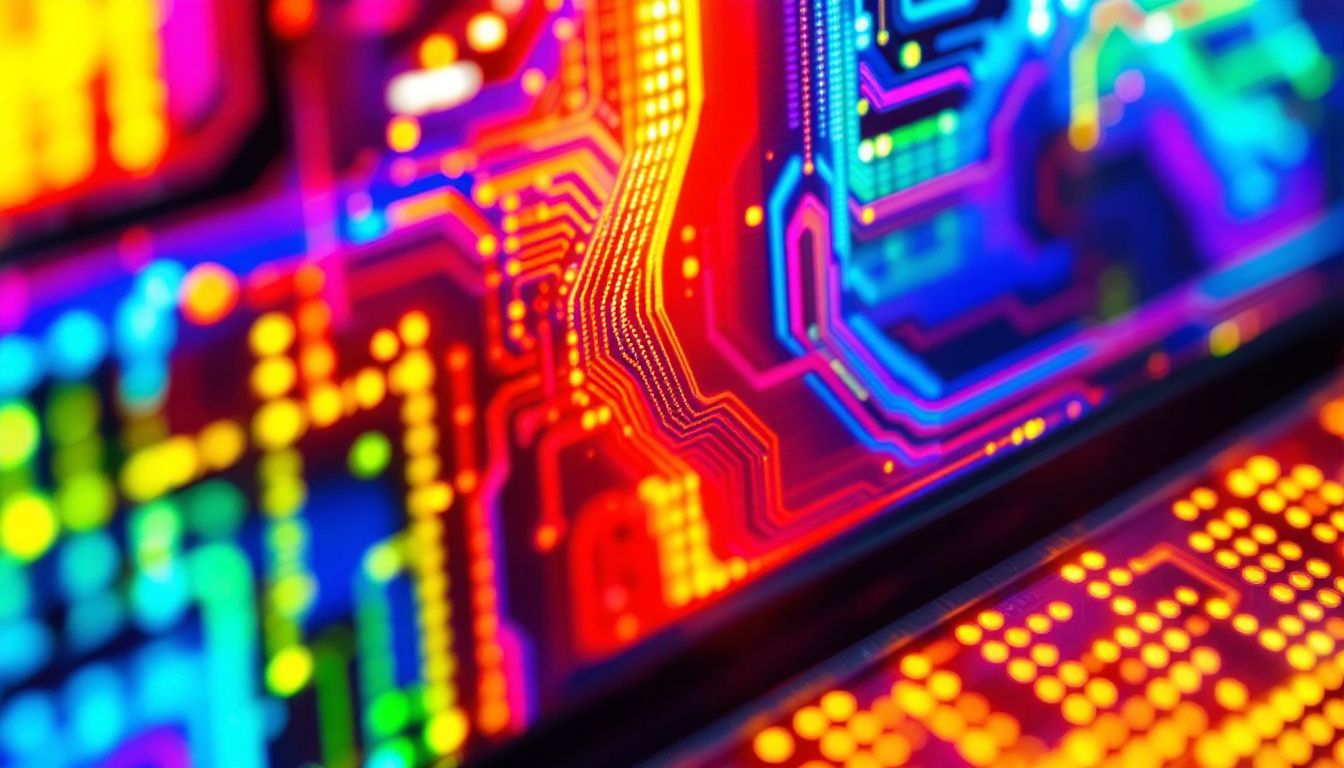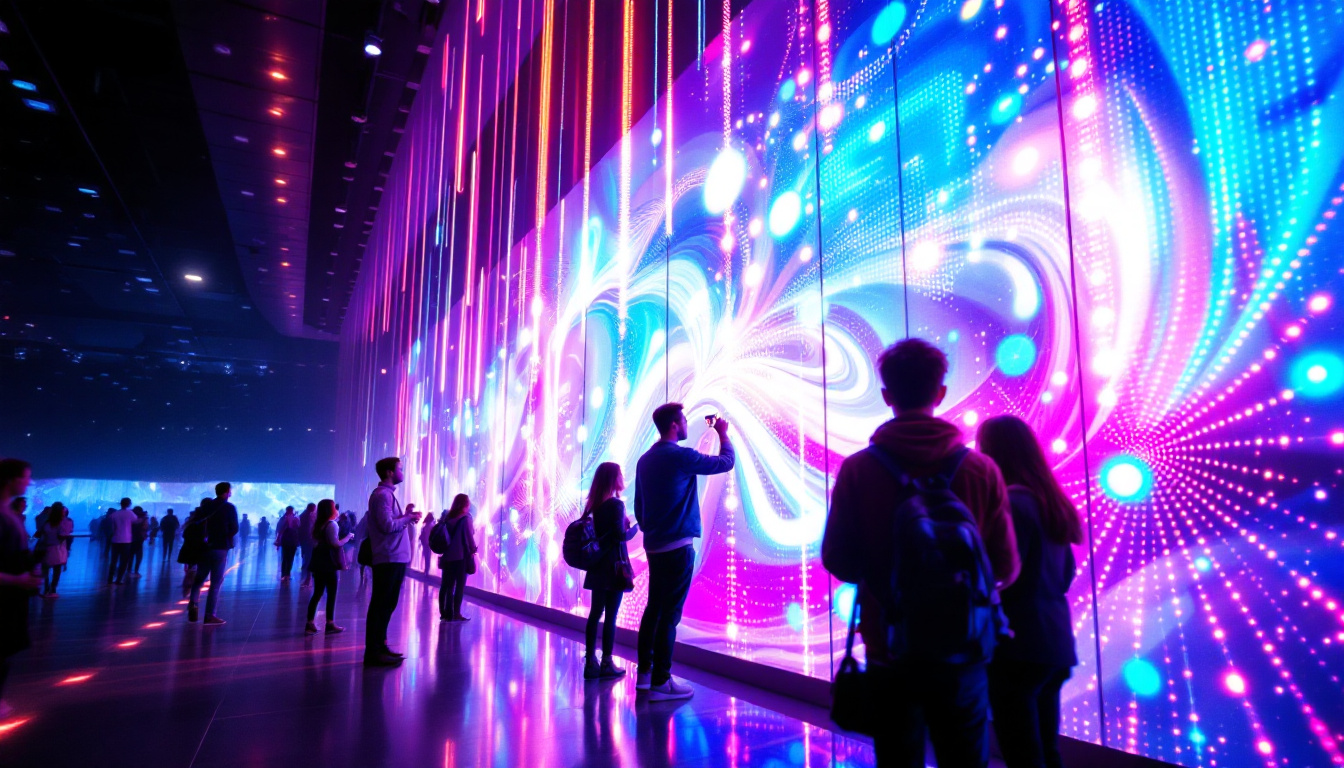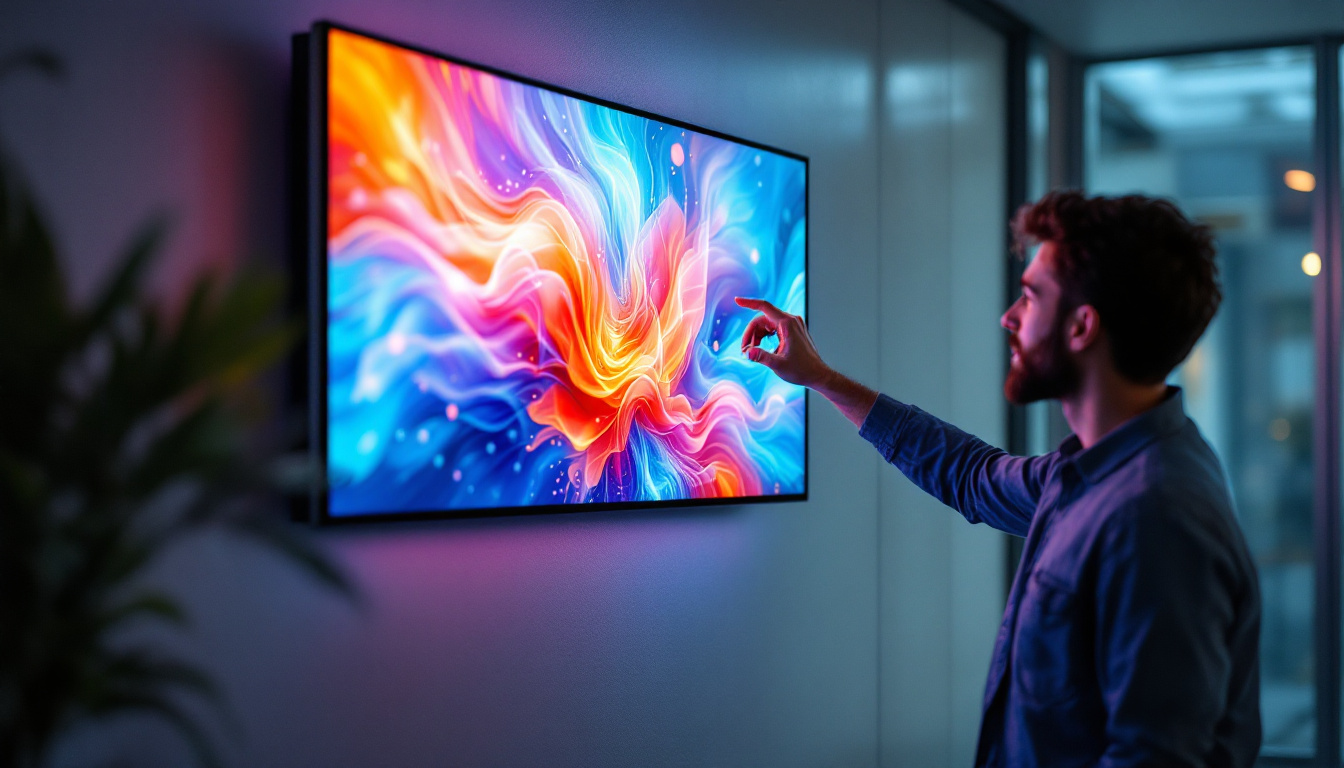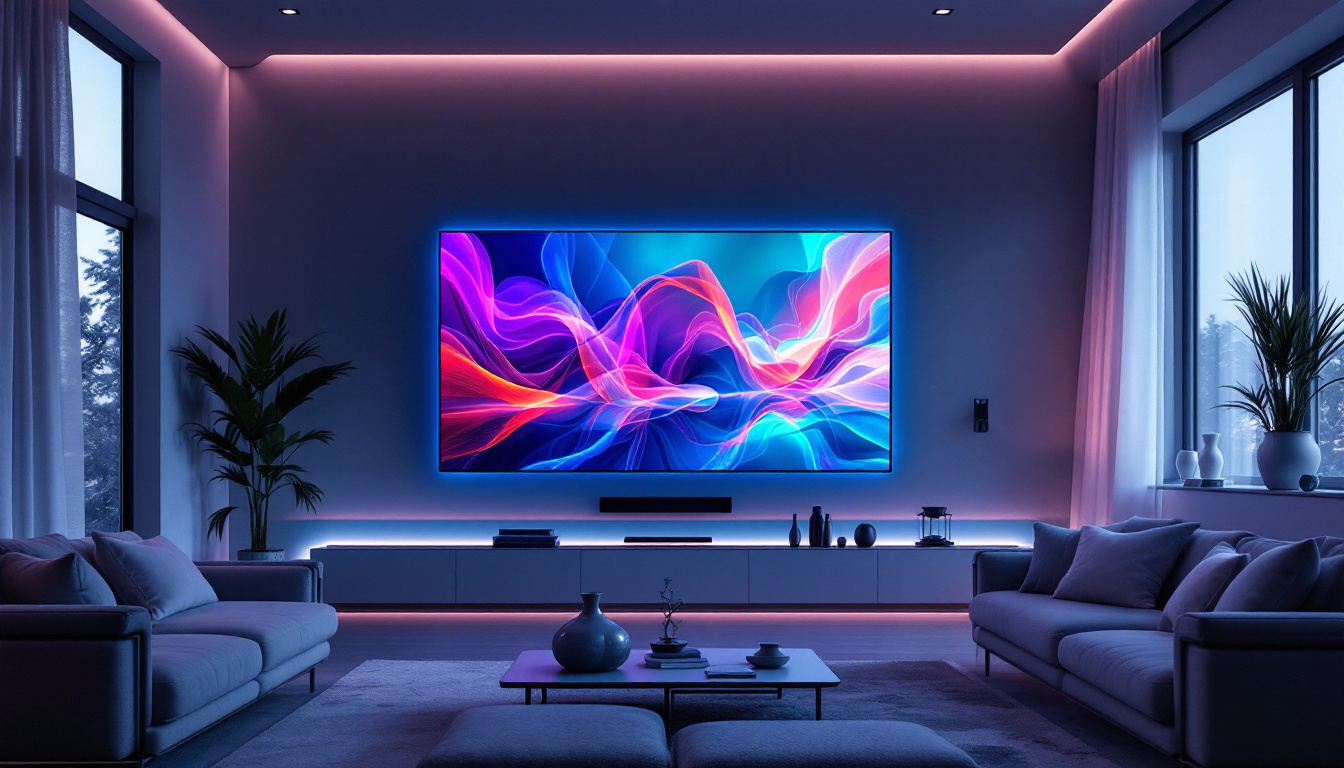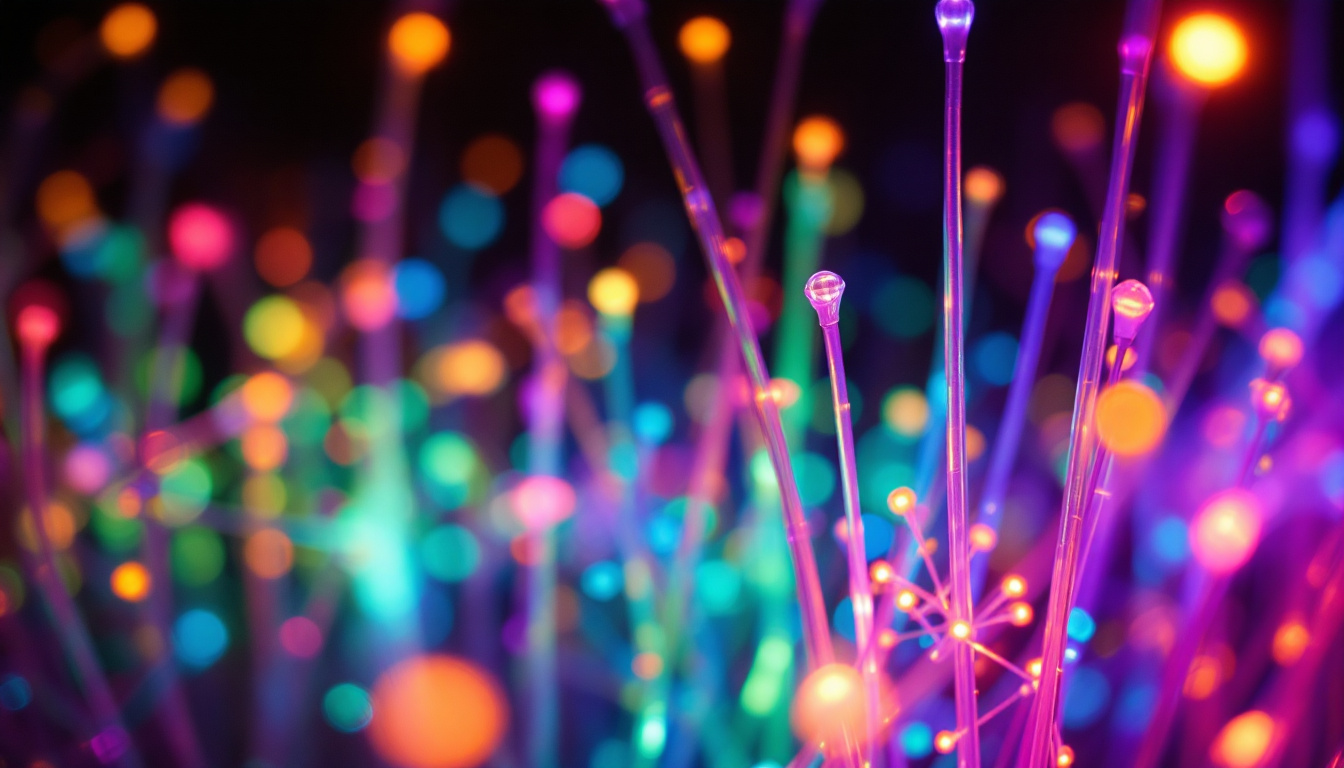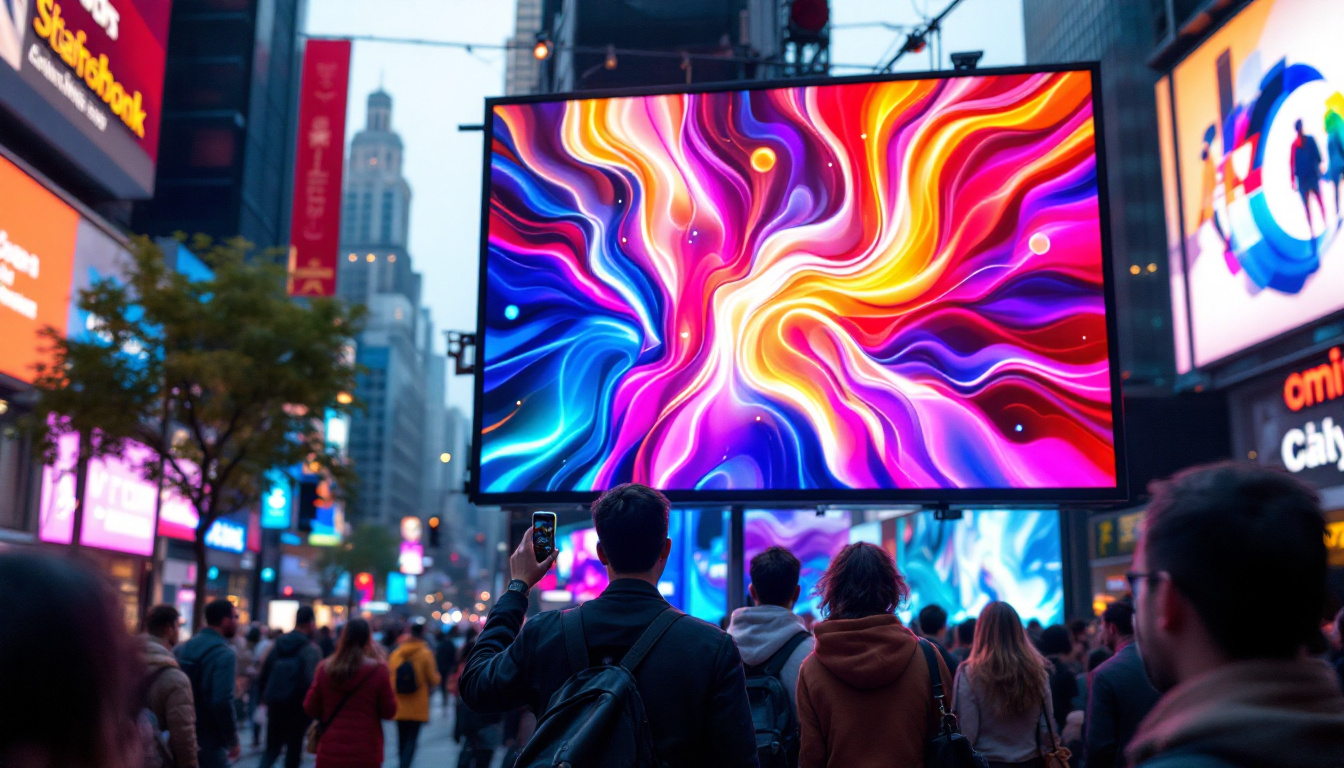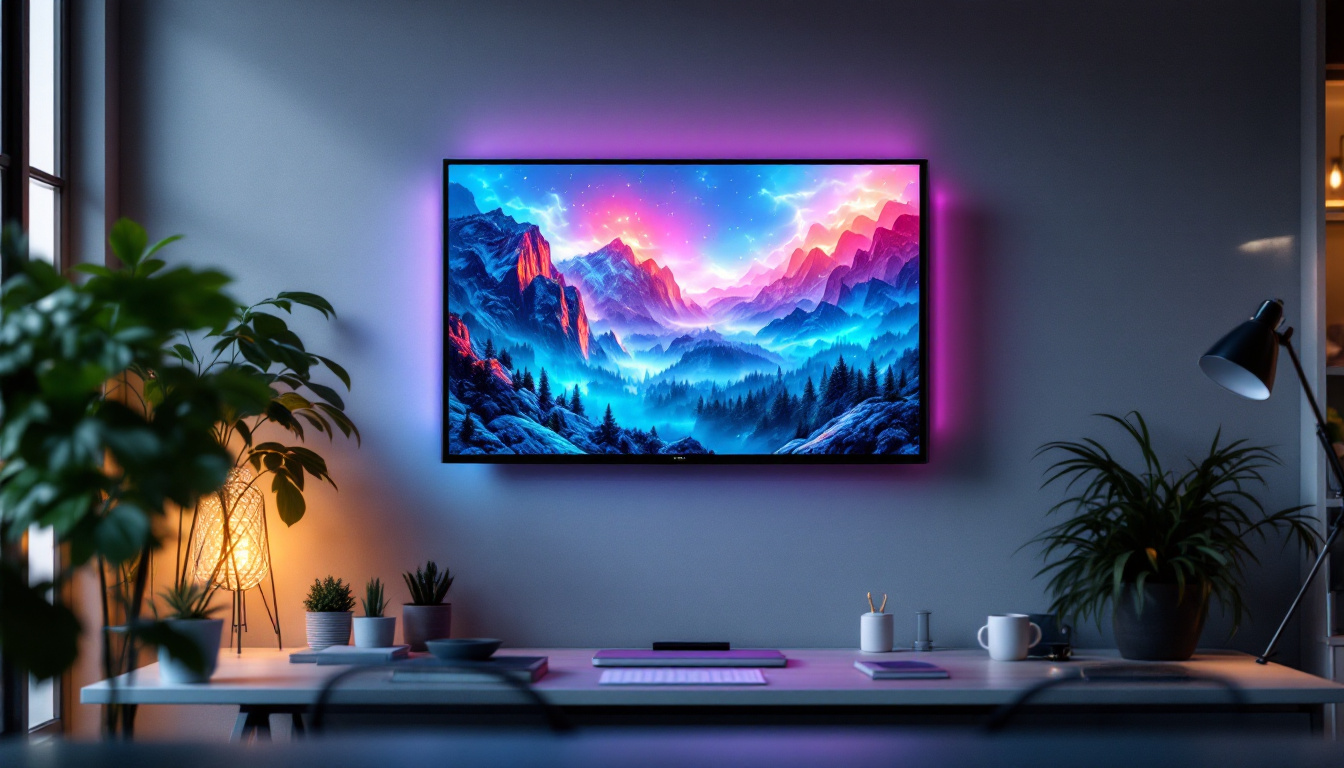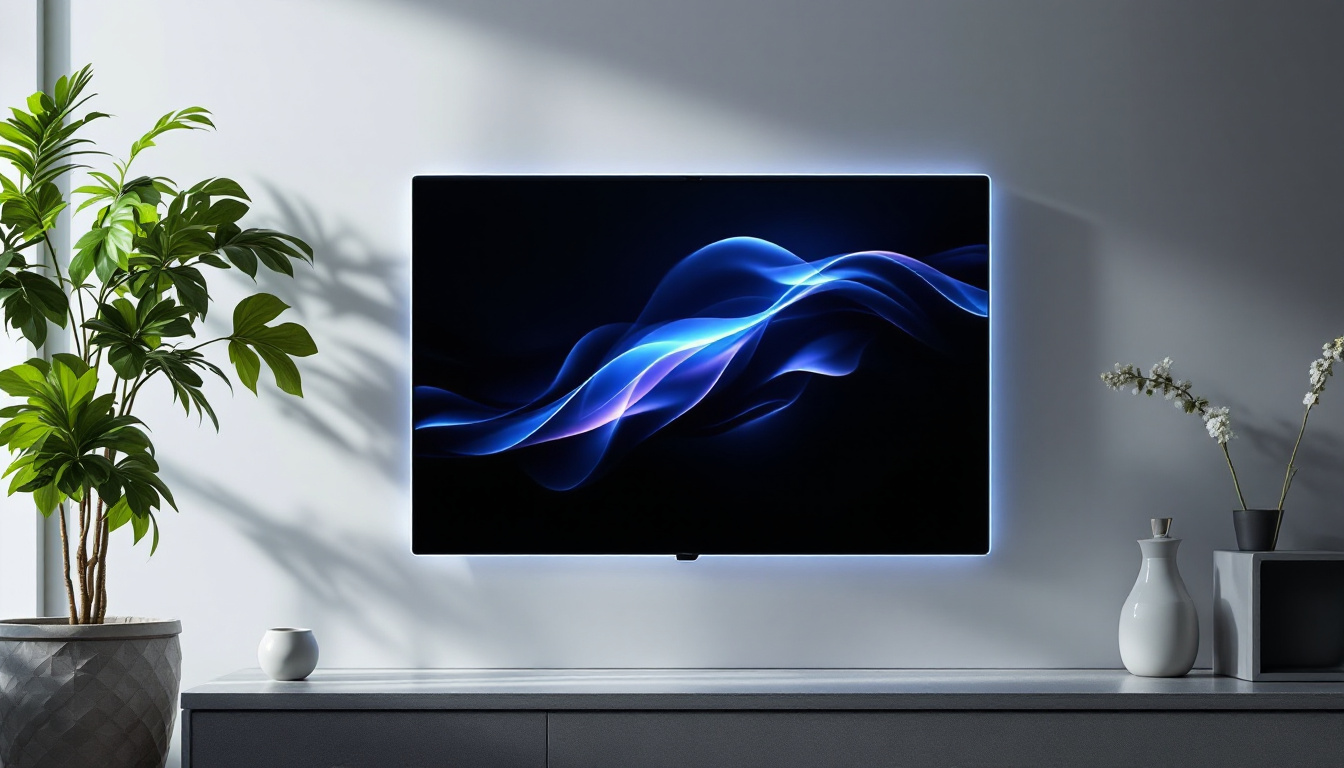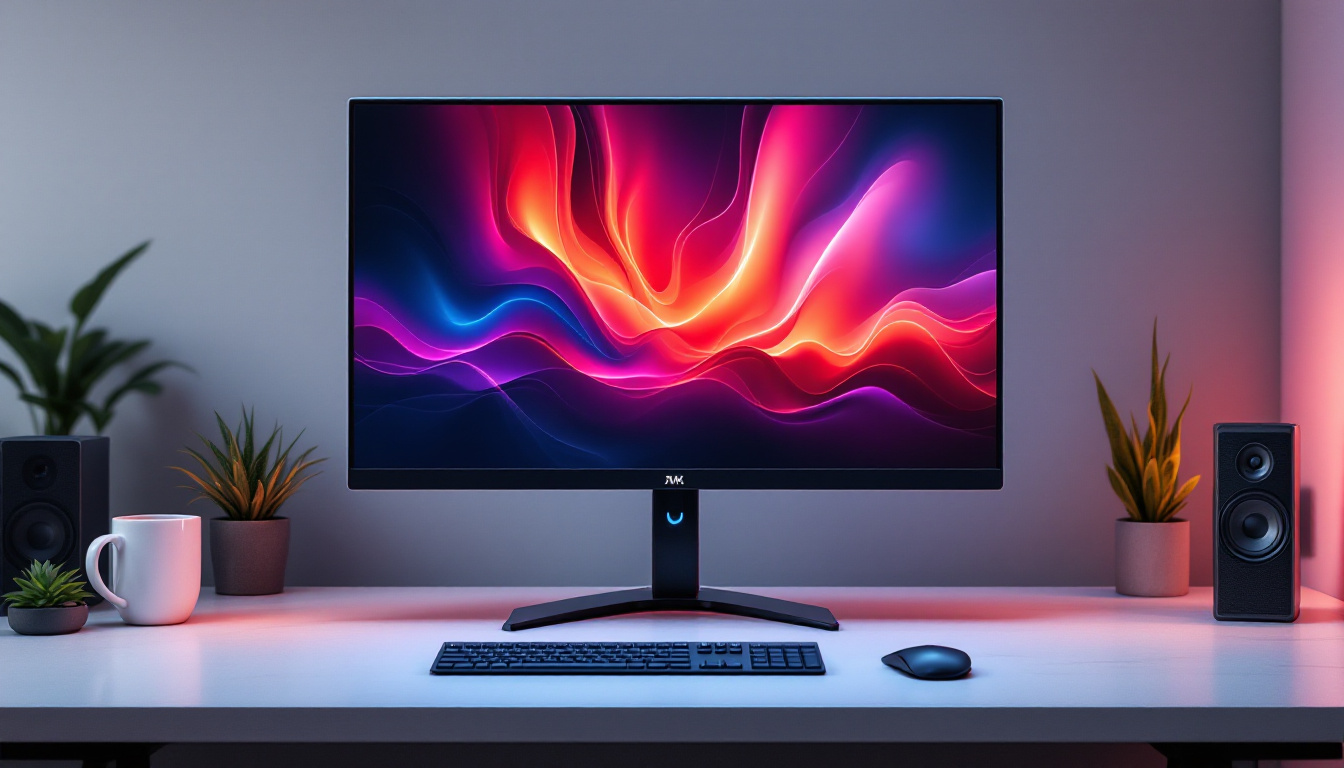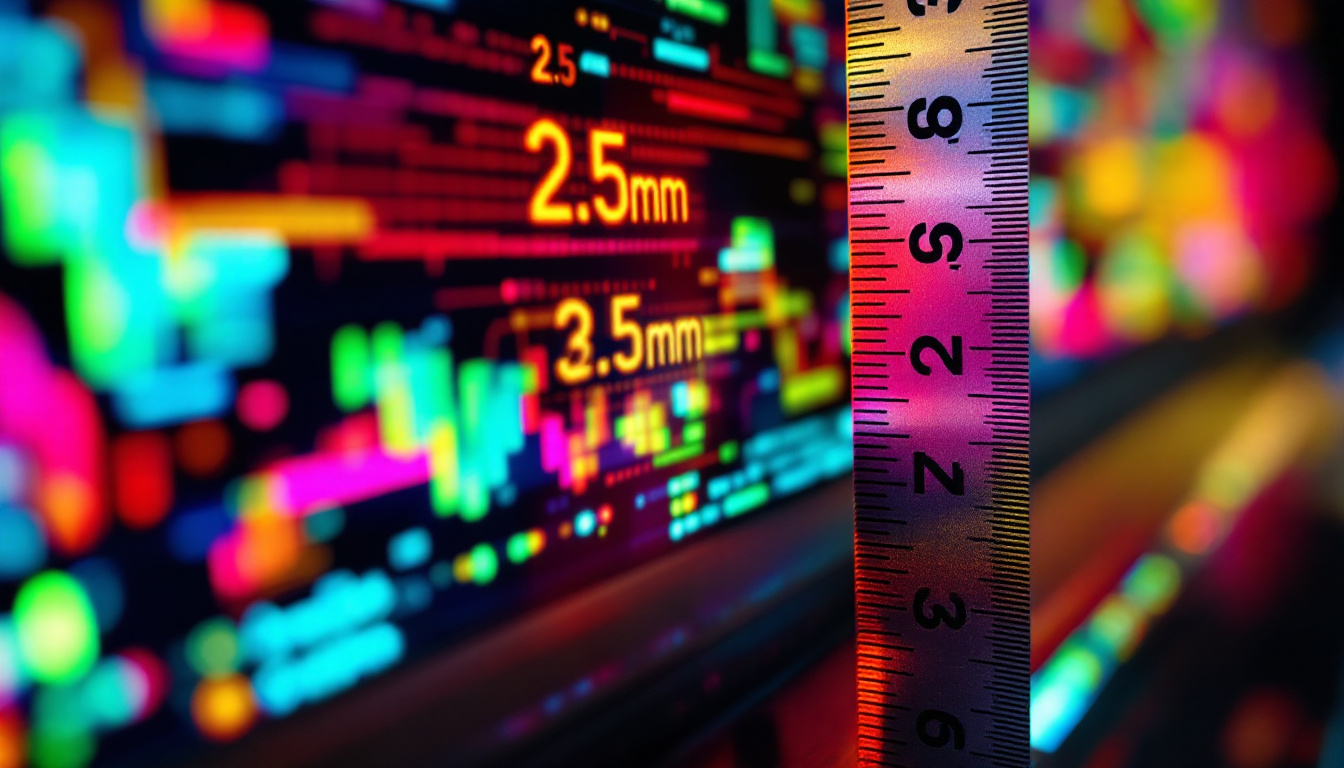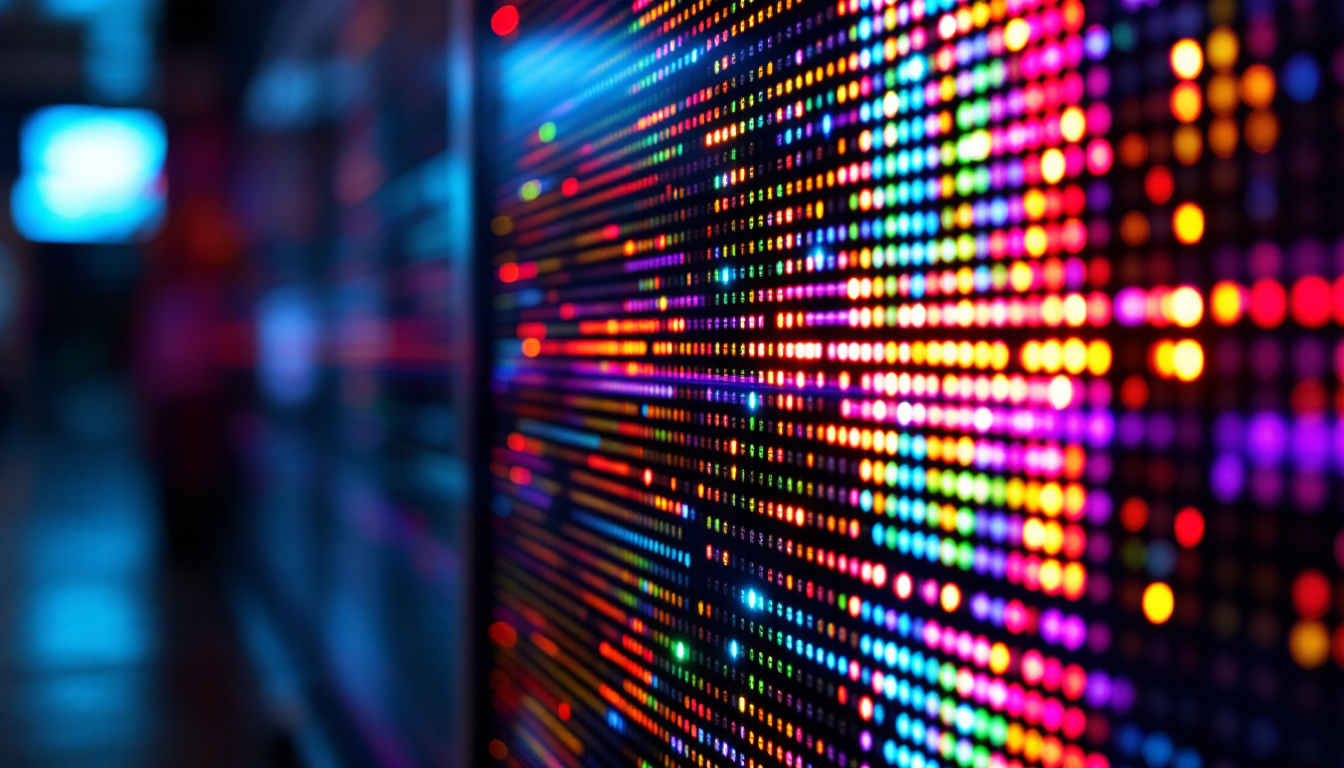In today’s digital world, the quality of your monitor’s display can significantly impact your productivity, comfort, and overall viewing experience. Among the various display technologies available, LED (Light Emitting Diode) displays have become the dominant choice for monitors, televisions, and other screens. But what exactly is LED display technology, and why has it become so prevalent? This article delves into the fundamentals of monitor lighting, focusing on LED displays, their advantages, types, and what consumers should consider when choosing a monitor.
Understanding LED Display Technology
What is an LED Display?
LED displays are a type of flat-panel display that uses light-emitting diodes to create images. Unlike older technologies such as cathode ray tube (CRT) monitors, LED displays rely on a backlighting system composed of LEDs to illuminate the screen. This backlighting shines through liquid crystal layers (in LCDs) or directly emits light in the case of OLEDs, forming the images you see.
It’s important to clarify that most LED monitors are actually LCD (Liquid Crystal Display) panels that use LED backlighting instead of the older cold cathode fluorescent lamps (CCFLs). This combination is often referred to as LED-backlit LCDs. True LED displays, such as OLED (Organic LED), use LEDs as individual pixels, offering different performance characteristics. The transition from traditional display technologies to LED has significantly improved energy efficiency, color accuracy, and overall image quality, making LED displays the preferred choice for both consumer electronics and professional applications.
Moreover, the versatility of LED technology has led to its adoption in various formats, including large-scale outdoor displays, digital signage, and even wearable devices. This adaptability is a testament to the innovative nature of LED technology, which continues to evolve and enhance the way we interact with visual media.
How Does LED Backlighting Work?
In LED-backlit LCD monitors, the screen itself contains liquid crystals that control the passage of light to create images. However, these crystals do not produce light; they require a light source behind them. LEDs serve as this light source, shining through the LCD panel to illuminate pixels.
There are two primary methods of LED backlighting:
- Edge-Lit LED: LEDs are placed along the edges of the screen, and light is spread across the display using light guides. This allows for thinner and lighter monitors but can sometimes result in uneven brightness or less precise local dimming.
- Direct-Lit or Full-Array LED: LEDs are distributed uniformly behind the entire screen. This setup enables better control over brightness and contrast through local dimming zones, improving picture quality, especially in darker scenes.
In addition to these methods, advancements in LED technology have introduced features such as HDR (High Dynamic Range), which enhances the contrast and color range of images displayed. HDR-capable LED displays can produce deeper blacks and brighter whites, making images appear more lifelike and immersive. This capability is particularly beneficial for watching movies or playing video games, where visual fidelity plays a crucial role in the overall experience.
Furthermore, the integration of smart technology into LED displays has transformed them into multifunctional devices. Many modern LED TVs and monitors come equipped with built-in streaming services, voice control, and connectivity options, allowing users to access a wide range of content without the need for additional devices. This convergence of technology not only enhances user convenience but also reflects the ongoing trend towards smarter, more connected home entertainment systems.
Advantages of LED Displays Over Other Technologies
Energy Efficiency and Environmental Impact
One of the most significant benefits of LED displays is their energy efficiency. Compared to CCFL-backlit LCDs, LED monitors consume up to 30-50% less power. This reduction not only lowers electricity bills but also contributes to a smaller carbon footprint, an increasingly important consideration for both consumers and businesses.
Moreover, LEDs do not contain mercury, unlike CCFLs, making them safer to dispose of and less harmful to the environment. This eco-friendliness has driven widespread adoption of LED technology in consumer electronics.
Improved Brightness and Color Accuracy
LED backlighting offers higher brightness levels compared to older technologies, often reaching 250 to 400 nits or more in consumer monitors. This enhanced brightness improves visibility in well-lit environments, such as offices with large windows or rooms with strong ambient light.
Additionally, LED displays can achieve better color accuracy and a wider color gamut. Modern LED monitors often support standards such as sRGB, Adobe RGB, and DCI-P3, which are crucial for professionals in photography, video editing, and graphic design. The ability to reproduce vibrant and precise colors enhances the overall viewing experience.
Thinner and Lighter Designs
LED technology enables manufacturers to produce thinner and lighter monitors. Edge-lit LED designs, in particular, allow for ultra-slim profiles without sacrificing screen size. This is advantageous for users with limited desk space or those who value sleek aesthetics.
Types of LED Displays in Monitors
Edge-Lit LED Monitors
Edge-lit LED monitors are the most common type found in the consumer market. LEDs are positioned along the edges of the screen, and light is channeled across the display using light guides. This design reduces manufacturing costs and allows for thinner panels.
However, edge-lit displays may suffer from uneven brightness, especially in scenes with high contrast. Local dimming, which improves contrast by dimming specific areas of the screen, is limited or less effective in edge-lit models.
Full-Array LED Monitors
Full-array LED monitors feature a grid of LEDs placed directly behind the LCD panel. This arrangement allows for precise local dimming, where specific zones of LEDs can be dimmed or brightened independently. The result is improved contrast ratios, deeper blacks, and enhanced HDR (High Dynamic Range) performance.
While full-array LED monitors tend to be thicker and more expensive than edge-lit models, they are preferred by users who prioritize image quality, such as gamers, video editors, and home theater enthusiasts.
Mini-LED and Micro-LED Technologies
Recent advancements have introduced mini-LED and micro-LED technologies, which use thousands of tiny LEDs for backlighting or direct pixel illumination. Mini-LED monitors offer even finer local dimming control, resulting in superior contrast and brightness uniformity. This technology is becoming more common in high-end monitors and TVs.
Micro-LED displays represent the next frontier, with each pixel being an individual LED. This allows for perfect blacks, exceptional brightness, and long lifespan without burn-in issues. However, micro-LED technology is still emerging and currently limited to premium devices due to high production costs.
Key Specifications to Consider in LED Monitors
Brightness and Contrast Ratio
Brightness is measured in nits, and a higher value indicates a brighter screen. For general office work, 250-300 nits are sufficient, but for HDR content or brightly lit rooms, 400 nits or more is recommended.
Contrast ratio defines the difference between the darkest black and the brightest white a monitor can display. Full-array LED monitors with local dimming generally offer better contrast ratios, enhancing image depth and detail.
Color Gamut and Accuracy
Monitors vary in their ability to reproduce colors. Look for monitors that cover at least 99% of the sRGB color space for accurate color reproduction. Professionals working with color-critical tasks should consider monitors supporting Adobe RGB or DCI-P3 gamuts.
Color accuracy is often measured by Delta E values; lower values indicate more accurate color reproduction. Factory calibration and hardware calibration support are valuable features for maintaining color fidelity.
Refresh Rate and Response Time
While primarily relevant for gaming, refresh rate (measured in Hz) and response time (measured in milliseconds) also affect general user experience. Higher refresh rates (120Hz, 144Hz, or more) provide smoother motion, and lower response times reduce motion blur.
LED backlighting does not directly influence these parameters but is part of the overall display technology that impacts performance.
Viewing Angles and Panel Types
LED monitors use different LCD panel types, such as IPS (In-Plane Switching), VA (Vertical Alignment), and TN (Twisted Nematic). IPS panels offer the best color accuracy and wide viewing angles, making them ideal for professional use. VA panels provide better contrast but narrower viewing angles, while TN panels are faster but have poorer color reproduction.
Health and Comfort Considerations with LED Monitors
Blue Light Emission and Eye Strain
LED displays emit blue light, which can contribute to eye strain, headaches, and disrupted sleep patterns if viewed extensively, especially in the evening. Many modern monitors include blue light reduction modes or “comfort” settings to mitigate these effects.
Using software solutions or screen protectors that filter blue light can also help reduce eye fatigue during prolonged use.
Flicker-Free Technology
Some LED monitors use Pulse Width Modulation (PWM) to control brightness, which can cause flickering at lower brightness levels. This flicker is often imperceptible but may cause discomfort or headaches for sensitive users.
Flicker-free monitors use DC dimming or other technologies to eliminate this flicker, providing a more comfortable viewing experience. When choosing a monitor, checking for flicker-free certification or reviews is advisable.
Future Trends in LED Monitor Technology
Integration of HDR and Wide Color Gamut
High Dynamic Range (HDR) is becoming a standard feature in modern monitors, enhancing the contrast and color range to create more lifelike images. LED backlighting, especially full-array and mini-LED, plays a crucial role in delivering effective HDR performance.
Wide color gamut support continues to expand, with more monitors covering DCI-P3 and beyond, catering to content creators and enthusiasts.
Advancements in Mini-LED and Micro-LED
As mini-LED technology matures, it is expected to become more affordable and widespread, offering superior picture quality in mid-range monitors. Micro-LED, while still in early stages, promises revolutionary improvements in brightness, contrast, and durability.
These technologies may eventually replace traditional LED-backlit LCDs, providing consumers with even better display options.
Increased Focus on Eye Care Features
Manufacturers are investing more in eye care technologies, including adaptive brightness, flicker-free backlighting, and blue light reduction. Future monitors will likely incorporate AI-driven adjustments that optimize display settings based on ambient lighting and user habits.
Conclusion
LED display technology has transformed the way monitors deliver images, offering improvements in energy efficiency, brightness, color accuracy, and design flexibility. Understanding the distinctions between edge-lit, full-array, mini-LED, and micro-LED displays helps consumers make informed choices based on their needs, whether for professional work, gaming, or general use.
As technology advances, LED displays will continue to evolve, bringing higher quality visuals and enhanced comfort to users. When selecting a monitor, considering key specifications such as brightness, contrast, color gamut, and eye care features ensures a satisfying and healthy viewing experience.
In the competitive landscape of display technologies, LED remains a reliable and versatile choice, balancing performance and practicality for a wide range of applications.
Discover LumenMatrix’s Innovative LED Solutions
As you consider upgrading to the latest in LED display technology, explore the pioneering solutions offered by LumenMatrix. With a commitment to innovation and quality, LumenMatrix provides a diverse range of LED display modules designed to meet your specific needs. From Indoor and Outdoor LED Wall Displays to specialized options like Vehicle, Sports, and Floor LED Displays, LumenMatrix tailors to various professional, gaming, and general use environments. Experience the future of visual communication with our Custom, All-in-One, and Transparent LED Displays. Check out LumenMatrix LED Display Solutions today and see how we can help you create a powerful and engaging visual experience.

